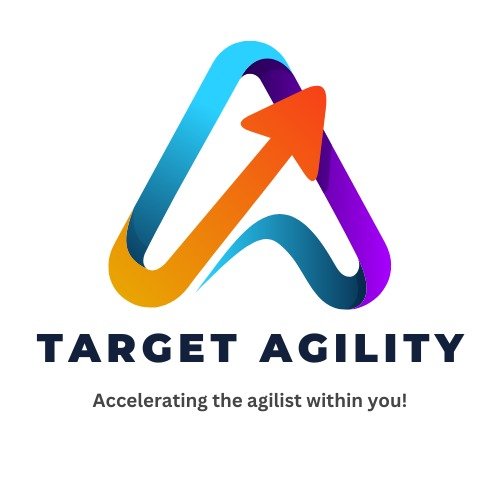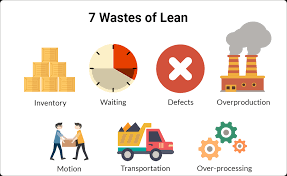In the world of Agile development, teams aim to move fast, deliver value, and adapt to change. But speed without direction can lead to waste—extra work, delays, or features no one needs. That’s where Lean Thinking comes in. It helps Agile teams focus on what truly matters and cut out the rest.
Let’s explore what Lean Thinking means and how it helps Agile teams become smarter, faster, and more effective.
What is Lean Thinking?
Lean Thinking is a mindset that comes from Lean manufacturing, originally used by Toyota. It focuses on delivering the most value to the customer with the least amount of waste.

In simple terms, it means:
- Doing only what’s necessary.
- Avoiding work that doesn’t add value.
- Improving the way teams work over time.
When applied to software teams, Lean Thinking fits perfectly with Agile values—both aim to deliver useful, high-quality products quickly.
How Agile Teams Use Lean Thinking
Here’s how Agile teams can apply Lean principles to their everyday work:
1. Focus on Customer Value
Lean teams always ask: Is this task or feature valuable to the customer? If not, it might be a waste. This mindset keeps the team focused on building the right product, not just building features for the sake of it.
The Product Owner plays a key role here by prioritizing the backlog based on customer needs and business goals.
2. Eliminate Waste
Lean Thinking identifies seven types of waste in software development, such as:
- Too much work in progress
- Unused features
- Delays and waiting
- Rework or bugs
- Unnecessary processes
Agile teams use tools like Kanban boards, Definition of Done, and continuous integration to spot and reduce waste in their workflows.
3. Deliver Fast and Often
Instead of waiting months for a big release, Lean encourages small, frequent deliveries. Agile teams do this through short sprints, incremental releases, and regular feedback from users.
This helps teams test ideas quickly and change direction if needed.
4. Build Quality In
Rather than fixing bugs later, Lean teams focus on quality from the start. Practices like test-driven development (TDD), pair programming, and code reviews help reduce errors early on.
Good quality reduces the need for rework—a major form of waste.
5. Empower the Team
Lean believes in trusting the people doing the work. Agile teams are self-organizing and are encouraged to solve problems together, try new ideas, and continuously improve their process.
Daily stand-ups, retrospectives, and open communication all support this team-centered approach.
6. Continuous Improvement
Lean teams are never done improving. They regularly ask: What can we do better? Retrospectives give them a chance to reflect and make small changes that lead to big results over time.
This idea of Kaizen (continuous improvement) is key to long-term success.
Conclusion
Lean Thinking helps Agile teams stay focused, efficient, and customer-centered. By removing waste, delivering value early, and empowering the team, Lean makes Agile even stronger.
When Agile teams adopt Lean principles, they don’t just work faster—they work smarter.











